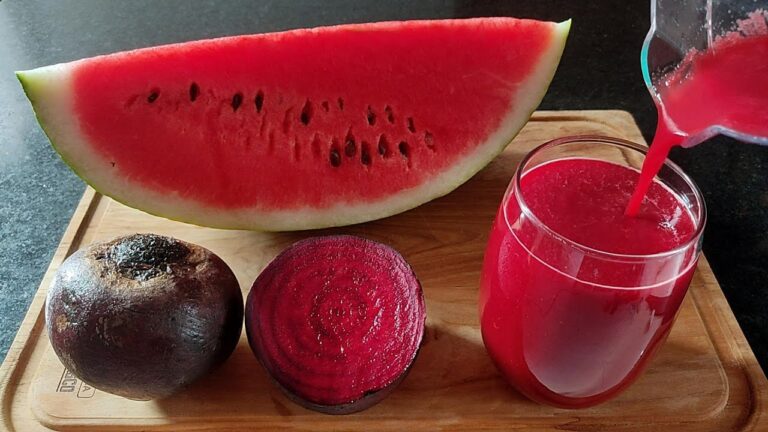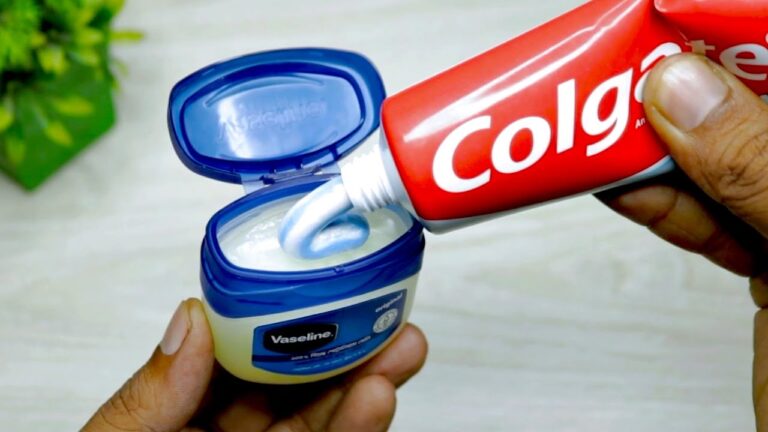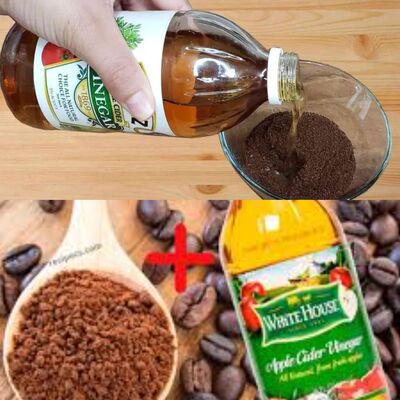Dates, often called nature’s candy, have been enjoyed for thousands of years and are packed with nutrients that can boost your overall well-being. Whether you prefer them dried or fresh, dates are a powerhouse of vitamins and minerals that provide a natural energy boost, aid digestion, improve brain function, and much more. Let’s dive into the incredible benefits of dates and discover why they are considered a superfood.
Nutritional Powerhouse: Dates and Their Rich Nutrient Profile
Dates are known for their exceptional nutritional content. They are an excellent source of key nutrients like magnesium, potassium, calcium, manganese, iron, phosphorus, and vitamin A. Additionally, they are high in natural fiber, which promotes healthy digestion and maintains a balanced gut.
Apart from these essential nutrients, dates are rich in powerful antioxidants such as flavonoids, carotenoids, and phenolic acid. These compounds protect your body from inflammation and oxidative stress, reducing the risk of chronic diseases.
Natural Energy Boost for Active Lifestyles
If you lead an active lifestyle or enjoy sports, dates are the perfect natural source of sustained energy. The complex sugars in dates, like glucose and fructose, are slowly digested, offering a steady release of energy without the spikes and crashes associated with refined sugars. Many professional athletes, including renowned tennis players, rely on dates to refuel and maintain their energy levels during breaks. With their combination of natural sugars and nutrient content, dates can enhance your performance and keep you energized throughout the day.
Digestive Health and Relief from Constipation
Dates are widely celebrated for their ability to support digestive health. Thanks to their high fiber content, they help prevent constipation by promoting regular bowel movements. The fiber in dates acts as a natural laxative, making it easier to pass stool. Moreover, this fiber nourishes the beneficial bacteria in your intestines, leading to improved overall digestive health and a reduced risk of gastrointestinal issues like irritable bowel syndrome (IBS).
Improved Brain Function and Cognitive Health
Regular consumption of dates has been linked to enhanced brain function. Studies suggest that dates can improve memory and learning abilities. The antioxidants in dates, such as flavonoids, play a crucial role in reducing inflammation in the brain and supporting cognitive health. By protecting brain cells from oxidative damage, dates may also help prevent neurodegenerative diseases like Alzheimer’s.
Strengthening Bones and Fighting Anemia
When it comes to bone health, dates are a superstar. They are an excellent source of calcium and iron, which are essential minerals for maintaining strong and healthy bones. This makes dates especially beneficial for individuals at risk of bone density loss as they age. Furthermore, the iron content in dates makes them effective in fighting anemia. Iron is necessary for the production of hemoglobin, the protein responsible for oxygen transport in the blood. By incorporating dates into your diet, you can improve your blood iron levels, increase energy, and alleviate symptoms of iron deficiency like fatigue and dizziness.
Heart Health and Cholesterol Management
Despite their natural sweetness, dates are low in fat and cholesterol-free, making them an excellent choice for maintaining heart health. Studies have shown that dates can help reduce levels of LDL (bad) cholesterol in the blood, a primary risk factor for heart disease. Potassium and magnesium, both present in dates, contribute to regulating blood pressure, thus reducing the risk of hypertension. Potassium is known for maintaining a balance between sodium levels in the body, which lessens the strain on blood vessels and lowers the chances of heart-related issues.
Supporting Weight Loss in Moderation
Even though dates are relatively high in calories and carbohydrates, they can still be a valuable addition to a weight loss plan if consumed in moderation. Eating 3-5 dates per day can help curb sugar cravings and make you feel fuller for longer, reducing the chances of overeating or reaching for unhealthy snacks. Dates are easily digested and provide a quick source of energy, further curbing hunger and the desire for high-calorie foods. However, it’s important to be mindful of their calorie density and not consume too many if weight loss is your goal.
Where to Buy Dates and How to Use Them
Dates are widely available in most grocery stores, usually found in the dried fruit section. Dried dates are more common and recognizable by their wrinkled skin, while fresh dates have a smooth, glossy appearance. Both forms offer the same health benefits, although dried dates tend to be more concentrated in sugar and calories. You can enjoy dates on their own as a sweet snack, or incorporate them into various recipes. Try adding chopped dates to salads, smoothies, oatmeal, or baked goods for a naturally sweet burst of flavor. They also pair well with nuts, seeds, and other dried fruits, making them a versatile ingredient for healthy snacks.
Conclusion: A Superfood Worth Adding to Your Diet
In conclusion, dates are a versatile and nutrient-dense superfood that provides a wide range of health benefits. From supporting digestion and brain function to strengthening bones and promoting heart health, dates are an excellent addition to any diet. Just remember to enjoy them in moderation to avoid consuming excess calories and carbohydrates. With their natural sweetness and impressive nutritional profile, dates offer a delicious and wholesome way to enhance your overall well-being. So go ahead and include dates in your daily routine for a tasty and nutritious boost!










